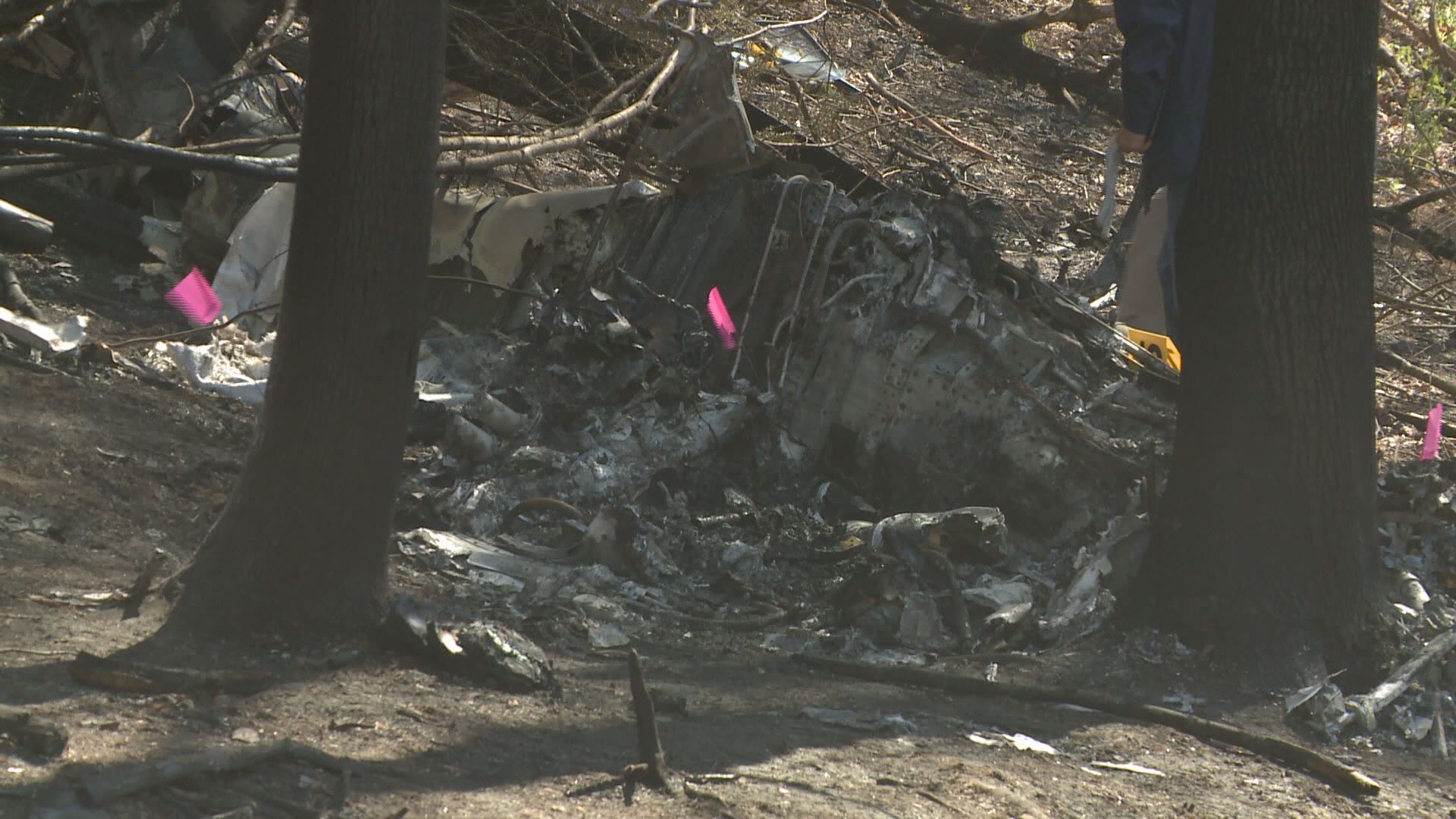Nine months after a fiery Flight for Life crash in Frisco, Colorado, federal investigators in Tennessee are trying to figure out what caused a large post-helicopter crash fire in Tennessee.
Five people died in Monday’s crash of a Bell 206 in Pigeon Forge, Tennessee. It’s not clear if any died as a result of the fire, but at least one witness says he saw one of the passengers on the ground alive -- and begging for help -- shortly after the sightseeing helicopter hit the ground.
It’s a critical piece of evidence in light of a lengthy 9Wants to Know investigation that documented dozens of deaths directly related to post-crash fires since 1994.
The NTSB has already confirmed there was a fuel system breach in the Tennessee crash. The model that crashed, manufactured in 1977, is one of thousands of helicopters in use today that does not have a fuel system that would pass the latest FAA safety standards – standards that are now more than two decades old.
In July, a Flight for Life AS-350 erupted into flames seconds after it hit a parking lot in Frisco. One of the flight nurses burned in the fire remains in the hospital with critical injuries nine months after the crash. Surveillance video obtained by 9Wants to Know shows fuel pouring out of the helicopter seconds after the year-old helicopter hit the ground. All three people onboard survived that initial impact.
9Wants to Know has found at least 78 deaths since 1994 that are directly attributed to post-crash fires with helicopters.
The military essentially eliminated the problem with its helicopters in the mid 70s after the Army decided too many soldiers were dying or being left with serious burns due to post-crash fires.
Documents obtained by 9Wants to Know show the FAA was briefed on the problem in 1980. It took the FAA another 14 years to start requiring crashworthy fuel systems -- but even then it only required them on newly-certified helicopters – a loophole that has allowed manufacturers to continue to build helicopters with antiquated helicopter fuel systems.
For example, the helicopter that crashed in Frisco was only about a year old, but the AS-350 model was first certified by the FAA in 1977, and thus it needed only to meet the standards in place when Jimmy Carter was President.
The helicopter that crashed in Tennessee was a Bell 206. Bell’s newer helicopter, the Bell 407, does have a fuel system that would meet the latest FAA standards.


